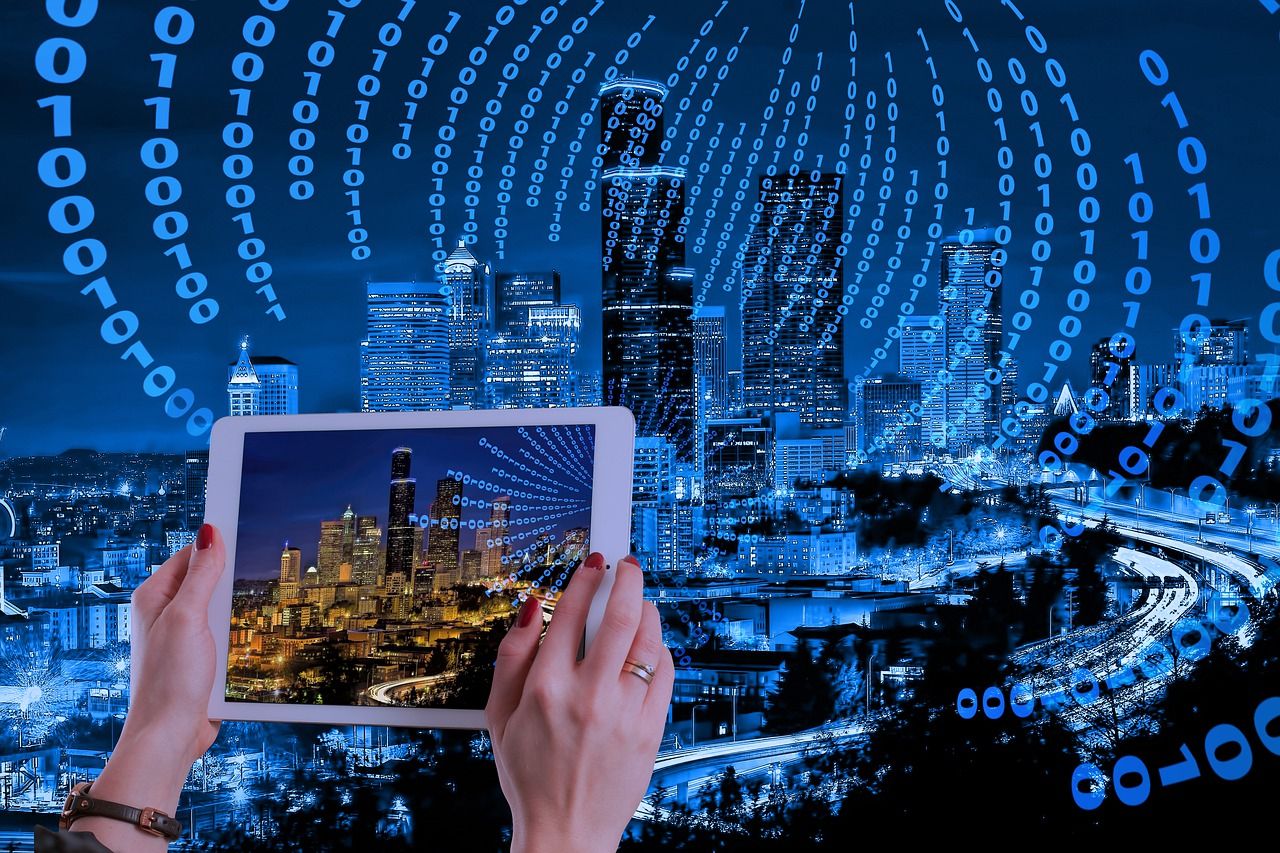- Smart cities are rapidly becoming a reality driven by digital technologies.
- The 5G and edge computing combination is vital to making smart cities possible.
People worldwide are continuously drawn to cities, which leads to the fast-paced expansion of urban centers and consequently places a strain on existing infrastructure. According to BanklessTimes.com, an estimated 70% of the world’s population will live in urban areas by 2050.
This ultimately places massive pressure on cities to meet citizens’ needs while reducing their environmental impact. To accommodate the growing needs of cities, ‘smart city’ technology is being widely adopted. The key enablers of smart cities are 5G networks and edge computing.
According to BanklessTimes CEO Jayson Andrews:
BanklessTimes CEO Jayson AndrewsSmart cities are designed to maximize the convenience and quality of life for citizens while also reducing costs and enhancing operational efficiency for governments and the public sector. To make this possible, smart city initiatives typically rely on a range of technologies such as the Internet of Things (IoT), artificial intelligence (AI), machine learning (ML), and 5G communication networks.
Edge Computing and 5G Are at the Forefront of a New Technological World
5G and Edge computing have a symbiotic relationship, allowing applications to run faster than ever before while providing almost instantaneous data processing. These advances are paving the way for countless possibilities in our connected world.
Cities must have access to near-instant computing capabilities to take full advantage of these technologies. This is where edge computing comes in; it enables the processing and analysis of data closer to its source rather than relying on remote cloud-based services. By leveraging the power of 5G networks and edge computing, smart cities can achieve even greater efficiency and cost savings while improving service delivery for citizens.
For example, edge computing can enable traffic management systems to process data from connected vehicles almost instantly, providing real-time insights into traffic flow and helping to optimize the transportation network. Edge computing can also be used in disaster management scenarios, enabling sensors and other devices to detect environmental changes or potential threats while simultaneously sending out alerts.
The 5G and edge computing combination also allows for improved energy management. Cities can use the data gathered by sensors to intelligently manage their power grids, saving money and reducing emissions.
Promoting Urban Mobility with Technology
5G and edge computing can facilitate connected, autonomous transportation systems and ultra-fast wireless data transfer. This will enable the creation of smarter roads that are capable of managing traffic more efficiently while providing real-time information to drivers.
Moreover, connected vehicles can communicate with other vehicles and the infrastructure around them to improve safety and reduce congestion – both essential components of any smart city.
Enabling Smart Cities With Edge
Overall, 5G technology and edge computing are powerful tools that can help cities become smarter and more efficient. The combination of these technologies will play a crucial role in the development of smart cities worldwide. With the right strategies in place, cities can use these tools to improve urban mobility and reduce costs while ensuring citizens’ better quality of life.
By implementing smart city solutions, cities will be prepared to tackle future challenges and create a more sustainable environment. Ultimately, this could lead to a brighter future for urban areas worldwide!









